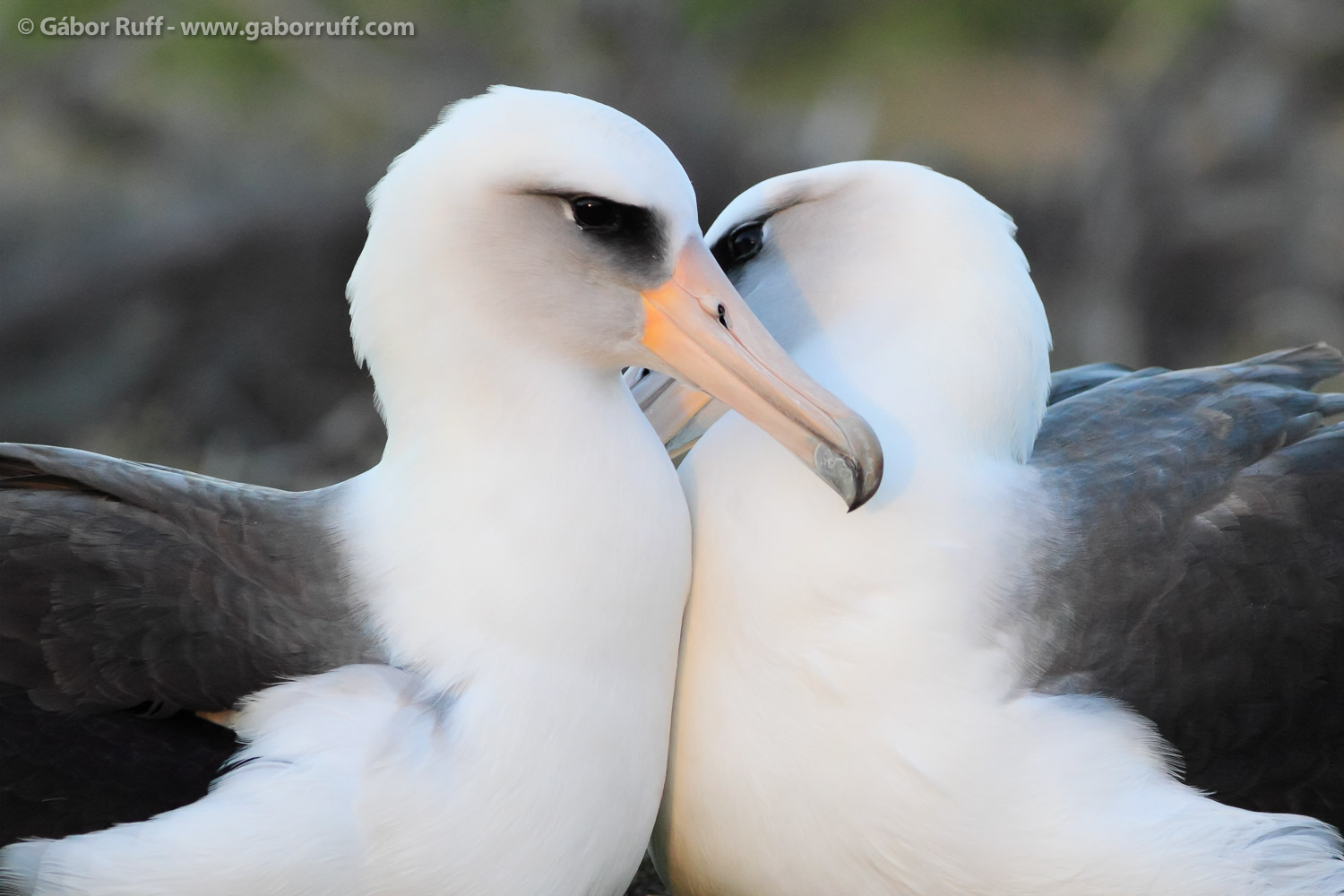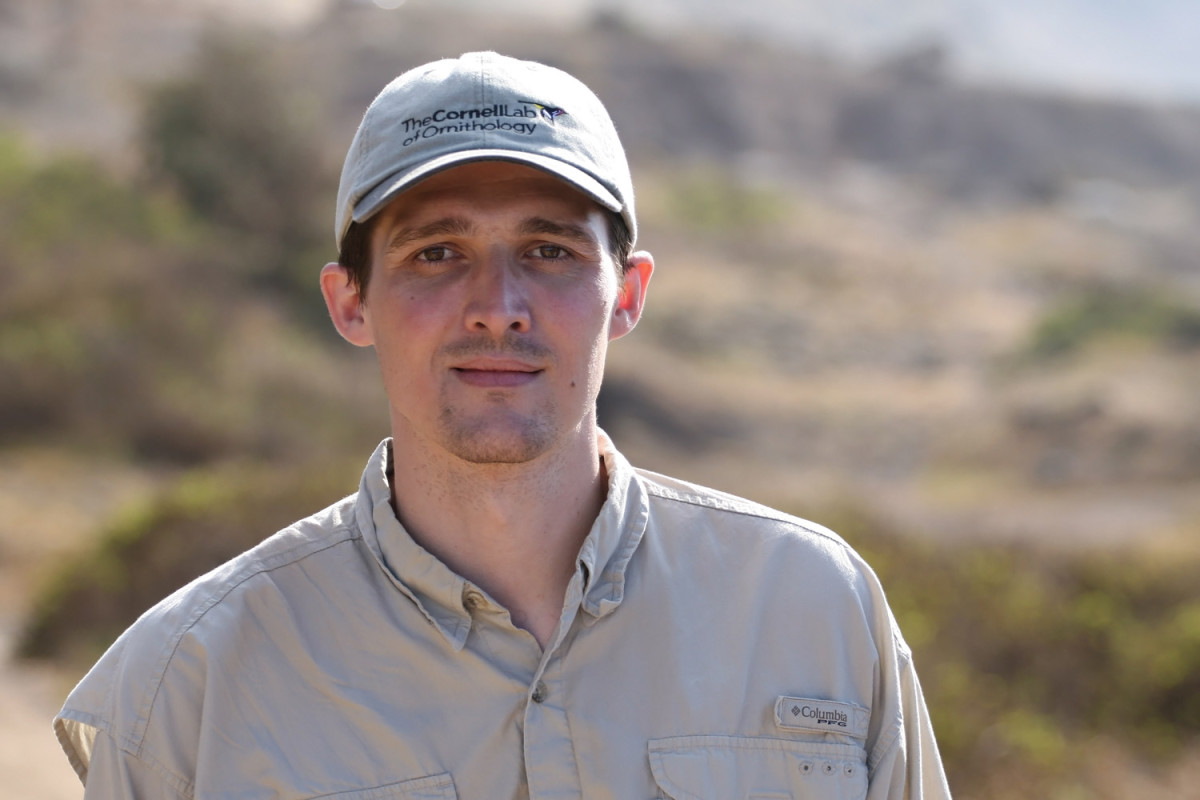Same-sex couples are common in the wild. Today, more than 1000 animal species are known to practice various forms of same-sex behavior. These relationships, of course cannot directly produce offsprings so this behavior is often viewed as maladaptive. In the case of the Laysan Albatross (Phoebastria immutabilis), same-sex pairing appears to be a little bit different.
The Laysan albatross colony at Kaena Point is very young and in this colony, there’s a shortage of males as a result of female biased immigration. The Laysan albatross is a monogamous bird so many females can’t find a mate from the opposite sex. Thus, single females often pair up, find a sperm donor from a „cheating” male of a „straight” couple and raise an offspring together. Female-female pairs fledged fewer chicks than male-female couples, but this is a better alternative than not breeding. In a recent study, Lindsay Young and Eric VanderWerf from Pacific Rim Conservation demonstrate how this behavior could be an adaptive strategy under certain demographic conditions.
For those females who are left without a male partner, it’s a better choice, than not reproducing at all. However, the males have the real advantage of this situation, because by serving as sperm donors they can have more than one chicks per year and need to put efforts to raise only one. Furthermore, the scientists found that some males at the beginning of the new breeding season choose a new female, but only if she had a successful breeding season the year before. Choosing among many potential mates is a huge benefit for male albatrosses and these choosy males can pick the best mothers for their chicks.
In summary, same sex pairing seems to be a flexible strategy for the Laysan albatross to make the best of the situation they find themselves in.
Source:
Young, L.C., VanderWerf, E. A. (2014). Adaptive value of same-sex pairing in Laysan albatross. Proceedings of the Royal Society B. 281: 20132473.
I photographed this Laysan albatross pair at Kaena Point, Oahu, Hawaii in 2012.
Gear: Canon EOS 7D, Canon 300mm F/4 L lens, Manfrotto tripod


